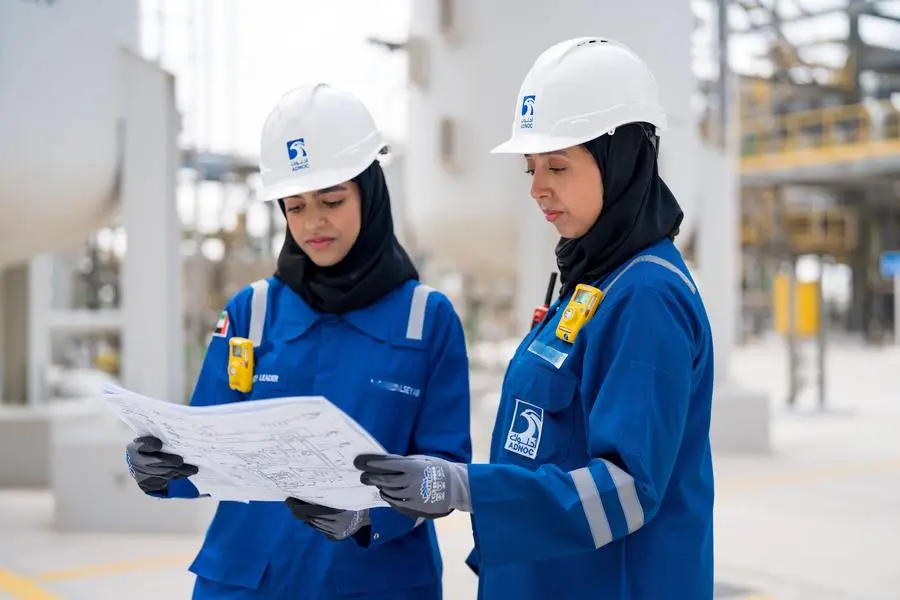PHOTO
Normally, the Murahwa Green Market here in this small city near the border with Mozambique bustles with welders, carpenters, and mechanics selling their services. But the market has been deathly quiet in recent weeks, as a prolonged drought has plunged Zimbabwe into a severe energy crisis. Water levels behind Zimbabwe’s main hydropower dam, which produces nearly 70% of the nation’s electricity, have dropped too low to reliably generate power, forcing utility managers to impose rolling blackouts that last for up to 20 hours per day.
“We are forced to work at night when electricity is available,” says Itai Kariparire, a carpenter who works at the Murahwa market. “Many informal traders have abandoned their businesses.” Similar scenes are playing out in neighboring Zambia, which also depends on the struggling Kariba hydropower station on the Zambezi River for electricity.
The crisis, researchers say, has highlighted the growing threat that an increasingly dry and erratic climate poses to African nations that rely on hydropower. In Zimbabwe, it is prompting the government and researchers to step up the search for more dependable energy supplies for the nation’s 16 million people.
In recent years, dramatic year-to-year swings in precipitation have been increasing, contributing to power crises in a number of countries and making hydropower “less attractive as a reliable electricity source,” says Sebastian Sterl, an energy meteorologist at the Free University of Brussels who has studied the issue. Modeling studies, he adds, suggest that by 2030 “new hydropower dams will no longer be an attractive option across most of Africa.”
That forecast has some researchers examining ways to better manage existing hydropower dams, such as by fine-tuning the amount of water released by dams during high and low river flows, says Declan Conway, research director at the Grantham Research Institute on Climate Change and the Environment. Managers, he notes, sometimes release “too much water during periods of drought in order to maintain electricity generation in the short term … leading to problems later on.” Better hydrologic monitoring systems could help minimize disruptions, Conway says.
Such tweaks, however, aren’t likely to resolve Zimbabwe’s long-term power problems. That’s one reason the nation’s government is moving to expand coal-fired power plants. But it is also examining sources of energy that won’t add to greenhouse gas emissions, including solar power and biogas made by fermenting organic wastes. “The costs of these technologies have been rapidly dropping; hence they have become more attractive investment options,” Sterl says.
Several recent studies have highlighted both the possibilities and obstacles. In one, a research team based at Galgotias University found Zimbabwe added some 700 biogas systems, known as digesters, in 2021. Overall, however, most existing systems are relatively small household units, good for cooking and water heating but not for generating electricity, they reported earlier this year in Recent Advances in Power Systems. Still, the researchers concluded that biogas has the potential to play a bigger role in Zimbabwe’s energy mix.
A second recent study, from a team based at Shanghai University, notes that Zimbabwe, which receives some 3000 hours of sunlight per year, also has yet to fully tap the potential of solar power. By building solar panel arrays that are linked to battery storage systems, power producers could reduce their reliance on imported electricity and ensure more reliable power supplies, they reported in the Journal of Renewable Energy and Environment in August 2022. To attract the needed investment, however, the authors note Zimbabwe would likely have to change national regulations that govern how renewable energy is priced and fed into transmission grids.
In the meantime, Zimbabwe’s government has said it would like to help consumers install smaller scale rooftop solar systems. It has also banned the installation of new electric water heaters in order to promote systems that heat water with sunlight.
“We have enough sunshine; we have enough land for solar farms,” Emmerson Mnangagwa, Zimbabwe’s president, said in a recent statement. The question now, he suggested, is how to make the best use of those and other resources. The current drought, he added, has only added urgency to finding answers: “We now all know and appreciate the costs that come with power shortages.”
© Copyright The Zimbabwean. All rights reserved. Provided by SyndiGate Media Inc. (Syndigate.info).























